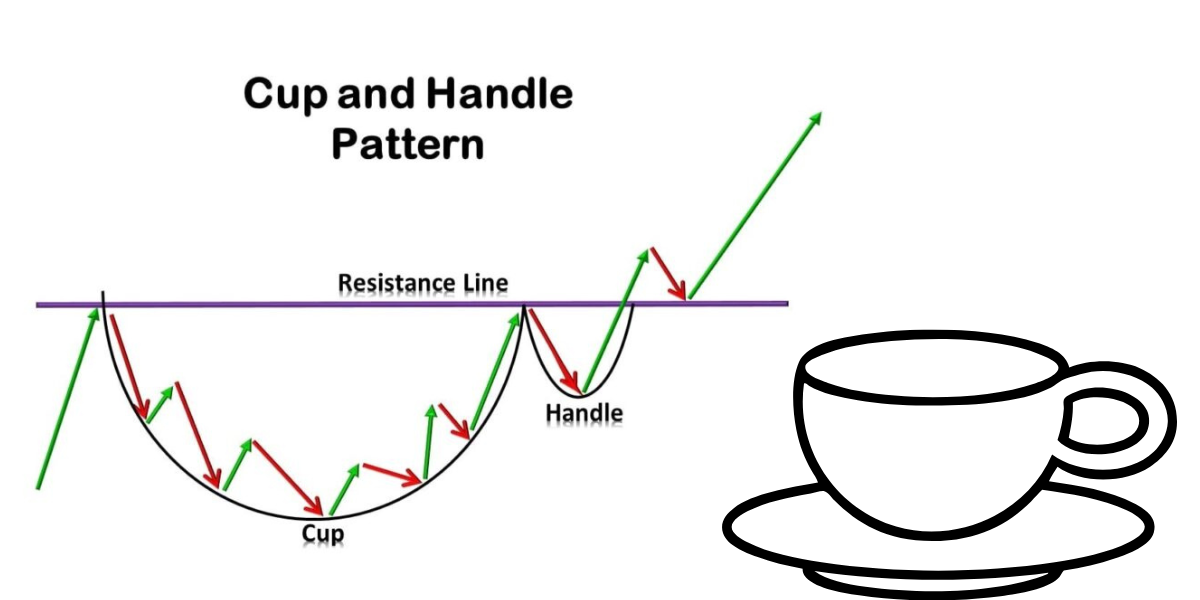Cyclical unemployment has become a common term in discussion during economic downturns, recession, and other difficult economic times. This means that cyclical unemployment depends directly on the health of the economy. When it contracts, jobs decline resulting in cyclical unemployment. The more the economy expands the more jobs return. For this article, we examine what cyclical unemployment is, its causes, the effects, and how it can be addressed.
What Is Cyclical Unemployment?
Cyclical unemployment is when the economic activity has declined. It happens when there is a recession in the economy. This term “cyclical” comes from the fact that it follows the cycle of the economy. In lean times, companies reduce cost, and therefore, the employees suffer because they lose their jobs.
Key Features:
- Economic fluctuations of boom and recession
- Temporary and reverses when the economy starts growing again
- Affects multiple industries but generally strikes sectors which are not considered as basic.
Causes of Cyclical Unemployment
Cyclical unemployment is due to a reduction in the demand for goods and services. The following are the major reasons:
- Economic Recessions
During recessionary periods, sales reduce significantly. To reduce costs, companies often retrench. This leads to cyclical unemployment
- Reduction in Consumer Expenditure
When consumers consume less, companies generate fewer sales. This leads to reduction in employment.
- International Economic Factors
International events, like financial crises or geopolitical tensions, reduce trade and investment, thus affecting domestic employment.
- Technological Changes
At times, technological advances during the period of economic downturn replace some types of jobs, which worsen unemployment temporarily.
Effects of Cyclical Unemployment
Cyclical unemployment affects people, companies, and governments.
On People
- Income Loss: A major source of income is taken away, making it even difficult to satisfy basic needs
- Psychological Problems: One experiences stress, anxiety, and depression
On Businesses
- Decline in Production: Workers with high expertise are lost, affecting future operations of the business.
- Lower Demand: The decrease in the level of unemployment implies reduced spending by consumers
On Governments
- More Expenditure on Welfare: High expenditure on unemployment benefit, welfare programs, and social issues.
- Lower Tax Revenue: With fewer people employed, tax collections drop.
Cyclical Unemployment vs. Other Types
Cyclical unemployment is just one of the types of unemployment. Here is a comparison to make it stand out:
| Type | Cause | Duration | Example |
| Cyclical | Economic slowdown | Short-term; recovery brings end | Job loss due to recession |
| Structural | Mismatch of skills and jobs | Long term | Jobs lost due to automation |
| Frictional | Between jobs | Short term | Employee leaving a job for another |
| Seasonal | Industry-based seasonal fluctuation | Cyclical, predictable | Job loss in tourism due to off-season |
Solutions to Cyclical Unemployment
Cyclical unemployment can be addressed if the government, businesses, and individuals work together to achieve this.
Government Response
- Stimulus Package: The government can use money to stimulate demand to create jobs.
- Monetary Policy: The central banks can reduce interest rates that can increase borrowing and investment
- Public Works: Large construction projects can create employment instantaneously
Business Response
- Skills Upgrade: Businesses can send their employees to training that will prepare them for tomorrow.
- Cost-Cutting Strategies: Layoffs can be replaced with reduced working hours or even temporary leaves by companies.
Personal Strategies:
- Improvement of Skills: There can be an increase in skill acquisition of skills for high-growth industries
- Practical Job Selection: There can be flexible jobs available such as freelancing and temporary work during recession.
Real-life examples of cyclical unemployment are:
2008 Financial Crisis
The global recession saw millions of job losses around the globe, as declining sales reduced business activities.
COVID-19 Pandemic:
The sudden stop in economic activities in 2020 had resulted in massive layoffs, primarily in the travel, hospitality, and retail industries.
Importance of Reducing Cyclical Unemployment
Reducing cyclical unemployment is important for a stable economy. It ensures better livelihoods, boosts consumer confidence, and promotes economic growth. The challenge should be addressed effectively by both governments and businesses.
Conclusion
Cyclical unemployment is an unavoidable feature of the business cycle, but its impact can be eased. Knowing what causes it and taking the appropriate actions in due time would mean economies can bounce back quickly. For any policymaker, business leader, or individual, this is crucial for the battle against cyclical unemployment.
Read More Blogs:)
Revenue Based Financing: A Game-Changer for Small Businesses
















Leave a Reply